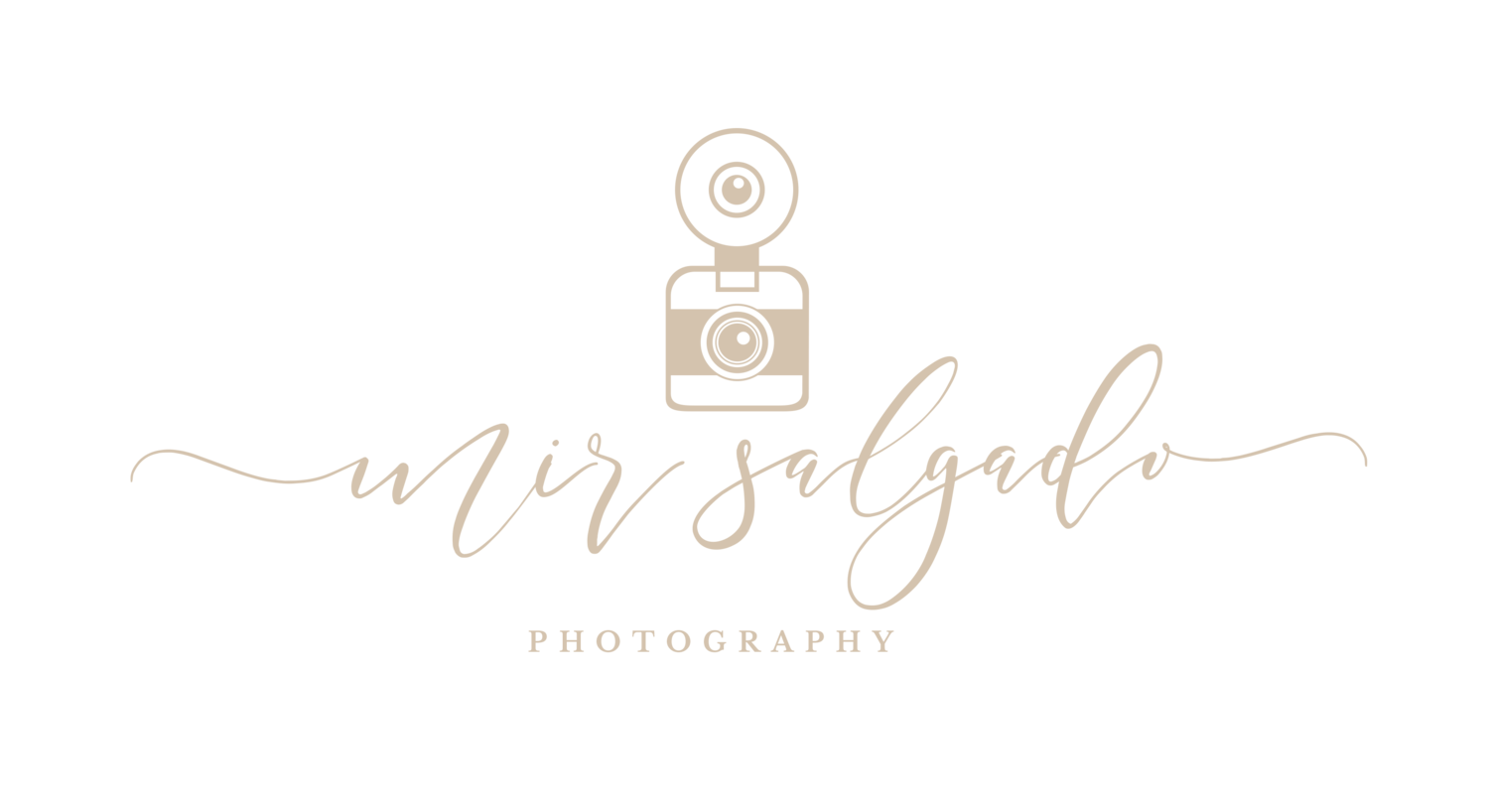Water Street Tampa branding session | Top five tips for a branding session
/Top five tips for a Brading session
Water Street Tampa Bay branding session.
Top Five Tips for a Successful Branding Session
In today's competitive market, personal branding is an essential part of any professional's toolkit. A branding session, whether for an individual or a business, can have a significant impact on how you are perceived. It’s an opportunity to showcase your unique identity, values, and vision. This article will delve into the top five tips for conducting a successful branding session, ensuring you create an authentic representation of yourself or your brand.
1. Define Your Brand Identity
Before you dive into a branding session, it’s crucial to define your brand identity. This includes understanding your mission, vision, values, and what differentiates you from the competition.
Mission Statement: What is the purpose of your brand? Your mission should clearly communicate what you aim to achieve and what you stand for.
Vision Statement: Where do you see your brand in the future? A strong vision statement helps articulate long-term goals and aspirations.
Core Values: Identify the principles that guide your brand's actions and decisions. Your core values should resonate with your target audience and help build trust.
Unique Selling Proposition (USP): What makes you unique? Your USP should highlight the attributes that set you apart in your industry.
By having a clear understanding of these components, you can successfully guide the entire branding session and ensure it reflects your desired identity. Consider creating a mood board that encapsulates your brand’s essence through colors, images, and words. This visual representation can serve as a reference during the session.
2. Plan Your Visuals
Visuals play a critical role in branding. They create an immediate impression and communicate your brand message without words. Begin by planning your visual elements:
Photography Style: Determine the style of photography that aligns with your brand identity. Whether you prefer a contemporary, classic, or candid approach, select a photographer who can deliver the desired aesthetic.
Setting: Choose a location that echoes your brand narrative. Whether it’s in a studio, at your office, or outdoors, ensure the backdrop speaks to who you are. If you’re a beach wedding photographer, a beach setting makes perfect sense.
Wardrobe: Your choice of clothing should be consistent with your brand’s image. Select outfits that not only make you feel confident but also resonate with your audience. Bold colors may convey excitement, while neutral tones might project sophistication.
Props: Consider incorporating props that reflect your personality or services. For instance, if you’re a graphic designer, showcasing some of your work or tools can add depth to the session.
All of these visual aspects should harmonize to tell your brand’s story effectively. Collaborate with professionals who understand your vision and can help bring it to life.
3. Prepare Your Messaging
Clear and consistent messaging is key in any branding session. The words you choose to describe yourself or your brand should align with your overall tone and purpose. Here’s how to prepare:
Tagline: Develop a catchy tagline that encapsulates your brand essence. This phrase should be memorable and convey your brand message succinctly.
Key Messages: Outline the main points you want to communicate during your session. What do you want viewers to take away? This could include your services, offerings, or ethos.
Storytelling: Prepare to share your brand story. Personal anecdotes can create a genuine connection with your audience. Be authentic and passionate; your enthusiasm will be contagious.
Call to Action: Decide how you want your audience to engage with you after the session. Whether it’s visiting your website or following you on social media, ensure you provide clear directions.
Script your main talking points and practice them ahead of time. This preparation will help you convey your messages confidently on the day of the session.
4. Engage Your Audience
A successful branding session isn’t only about creating visuals; it’s also about engaging your audience. Foster a genuine connection that resonates through your imagery and messaging:
Be Authentic: Your audience can sense insincerity. Be yourself, and don’t be afraid to show your personality. Authenticity breeds trust and loyalty.
Show Emotion: Capture genuine moments that convey your passion and commitment. Whether it’s a smile or a candid laugh, authentic emotions create relatable and memorable images.
Interact: If the branding session involves others, such as team members or clients, ensure you interact with them during the shoot. Their presence can provide additional layers to your brand story, showcasing collaboration and human connection.
Use Social Media: Incorporate social media into your branding session. Consider doing live updates or engaging with your audience before, during, and after the session. This can create a buzz and anticipation for the final results.
By engaging your audience, you cultivate a deeper relationship that can translate into ongoing brand loyalty and interest.
5. Evaluate and Adapt
After your branding session, it's crucial to take the time to evaluate the results. Look closely at the photos and the message they convey about your brand. Are they aligned with your vision and values? Assess the response from your audience—did the imagery resonate with them? Use analytics from your social media platforms and website to see how the images performed.
Once you've gathered insights, take a moment to adapt your strategy. If certain elements worked well, consider emphasizing them in future sessions. Conversely, if some aspects fell short of expectations, think about what changes can be made moving forward. This ongoing process of evaluation and adaptation ensures that your branding remains fresh, relevant, and effective in conveying your message and connecting with your audience. Embracing this iterative approach will help you refine your visual identity over time, ultimately leading to stronger engagement and brand loyalty.


























